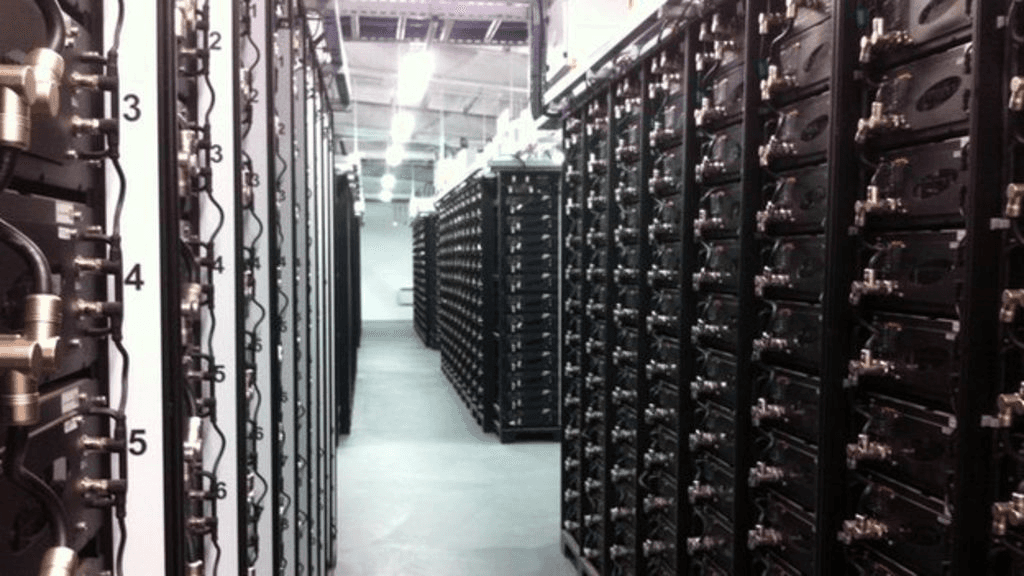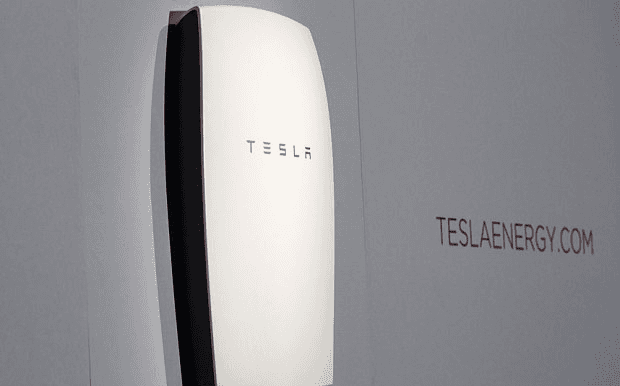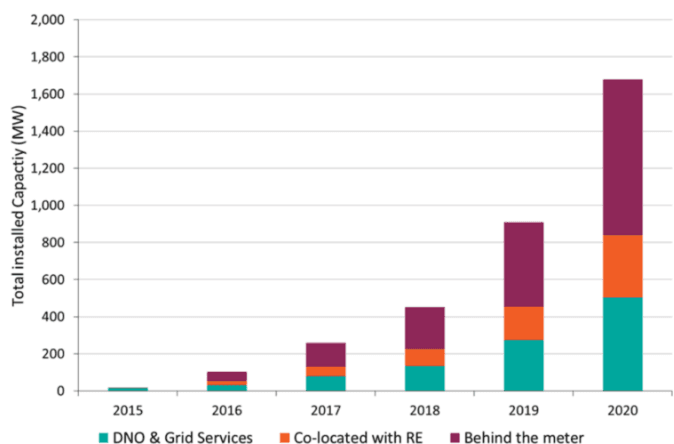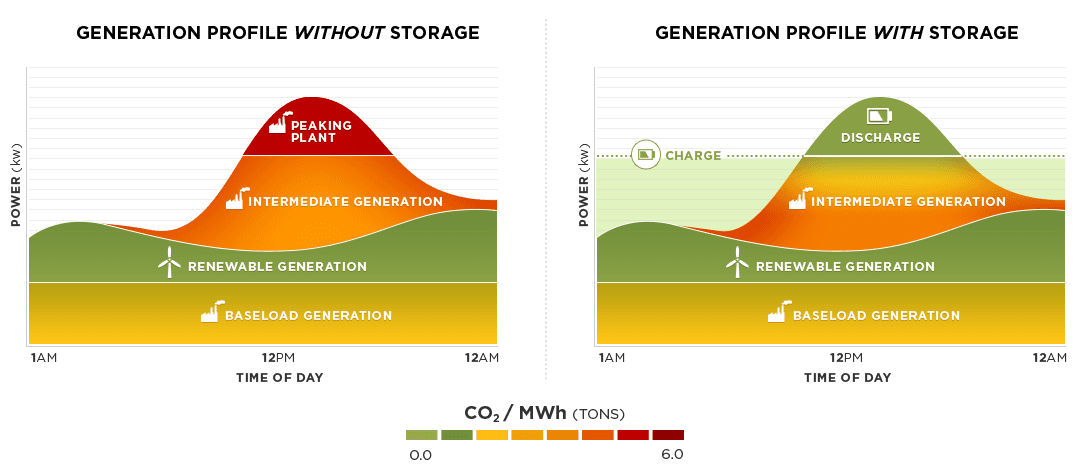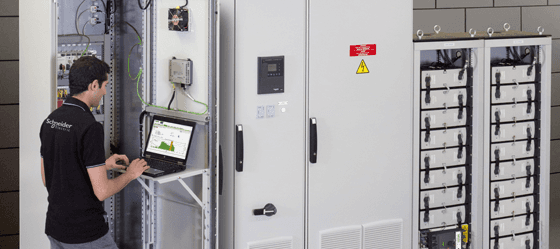Current Development in Electrical Energy Storage in England
- By Solomon Smith
- •
- 09 Aug, 2016
- •
England is already witnessing the emergence of different brands of solar batteries for solar on-grid systems.
Both commercial and residential clients are spurring this change, as
they seek affordable, flexible and secure solar photovoltaic
electricity. What most people will agree though is that challenges still
abide in this industry. The government, academia and the industry have
their work cut out. Let us start with the positive outlook.
Growth is Visible
Compared to solar photovoltaic markets in Germany, China, the US and South Korea, electrical energy storage in England is still in infancy. However, the development of lithium ion solar battery is one unmistakable area of development. The demonstration projects (over 30 of them) are a sign growth and potential of the sustainable energy industry.
We have heard a lot about the lithium-ion battery and the Bedfordshire storage project, but more is happening. The arrival of the Powerwall from Tesla has particularly thrilled solar PV energy enthusiasts in England.
Fast on its heels is the Mercedes Benz battery, which will definitely excite many residential and commercial solar users in England. Though the company has not yet quoted the price, you can be sure that the competitive environment means good tidings for consumers.
SMA Solar UK has also joined the action with the release of its new energy storage system. Its modular design ensures efficient use of solar PV energy and reliable storage of the surplus. Of course, this list also includes Nissan and others.
Analysts cite the visible success of the technology in other countries as the reason for this enthusiasm. As more manufacturers come to the frail and implement even bigger projects, confidence is growing. Figure 4 shows the promising trend of battery storage installations in the UK.
What are the challenges?
At the policy level, the government is yet to set a robust policy. This leaves the market with an unhealthy uncertainty, which only makes the investors to be hesitant. This is despite the huge potential of sustainable energy storage in England.
The next concern for most households is the high cost of solar energy batteries. One would argue that this happens because the technology is still new. However, what would you tell a homeowner who has to part with £4,500 for an equipment that can only store 6kWh. Unless Tesla and other manufacturers reduce battery prices significantly, such installations make little or no sense for most families in England.
The next concern for most households is the high cost of solar energy batteries. One would argue that this happens because the technology is still new. However, what would you tell a homeowner who has to part with £4,500 for an equipment that can only store 6kWh. Unless Tesla and other manufacturers reduce battery prices significantly, such installations make little or no sense for most families in England.
Looking Ahead
The current and future development of electrical energy storage in England depends on economic, political and environmental factors. England, being rich in oil and gas reserves may not immediately see the need of pursuing renewable energy solutions with undivided commitment. The fact remains that fossil fuels will eventually diminish, and sustainable energy will be one of the answers. The country may still be lagging behind in energy storage technology, but the future looks bright.
Part of the reason this talk is reverberating is because solar on-grid systems can sometimes cause heartache. When a power outage occurs, you cannot use power from your solar system. If this happens during the day, the system is certainly producing power that goes to waste. Your home solar system does not have to lose all its functionality whenever the grid is down. Consider using a solar on-grid system with battery backup and enjoy the following benefits.
This year’s UK Energy Storage Conference will take place between 30 November and 2 December. Last year, the conference covered a range of issues concerning the industry including thermal energy storage, grid-scale energy storage, energy storage for transport and power to gas. What will they be discussing this year? We can only wait and see. In the meantime, a few tell tale signs can tell about what to expect from the energy storage technology in the future.
Enthusiasts were jubilant for the 24 hours that this momentous event lasted. Many are probably still in that mood. As the dust settles, the question many people are asking is whether solar has finally found a resting place in the UK. Is the future clear enough for property owners and stakeholders in the industry to hold steady? Here is why I think the idea of a solar-powered UK is still feasible.
Fortunately, the future of solar energy looks bright in the Land of Hope and Glory. More efficiency and innovation are the major hallmarks the English market is enjoying. A case in point is the plan by First Solar to attain efficiency of 19.5% in the next year for Cadmium Telluride (CdTe) cells. In recent months, solar PV has enjoyed increases in both generation and capacity. There is no doubt that solar installations are attractive to both residential and commercial installations. Are you ready to change with the tide and take control of your energy costs? Here is why you should go solar to achieve this goal.

